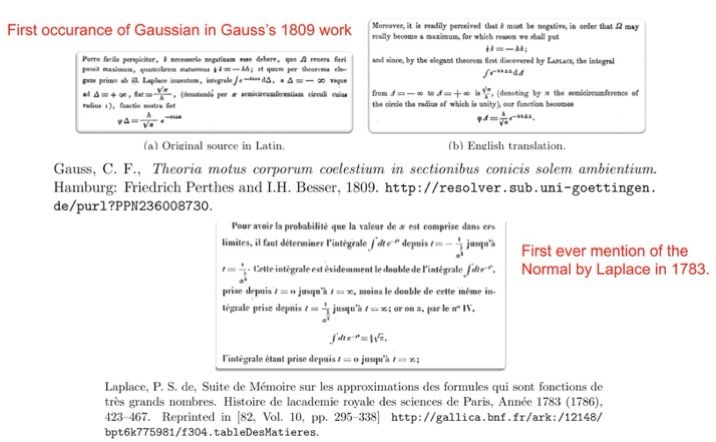Diversity improves by 91% and designability by 26% over the previous 200M SOTA model for long proteins.
The trick? Treat low pLDDT AlphaFold predictions as low-quality data.

Diversity improves by 91% and designability by 26% over the previous 200M SOTA model for long proteins.
The trick? Treat low pLDDT AlphaFold predictions as low-quality data.
Trains diffusion models using low-confidence AlphaFold2 structures by adapting the diffusion objective based on corruption level.




Trains diffusion models using low-confidence AlphaFold2 structures by adapting the diffusion objective based on corruption level.
📄 Ambient diffusion Omni: arxiv.org/pdf/2506.10038
📄 Ambient Proteins: www.biorxiv.org/content/10.1...


📄 Ambient diffusion Omni: arxiv.org/pdf/2506.10038
📄 Ambient Proteins: www.biorxiv.org/content/10.1...
github.com/open-thought...

github.com/open-thought...
But I think multiplication, addition, maze solving and easy-to-hard generalization is actually solvable on standard transformers...
with recursive self-improvement
Below is the acc of a tiny model teaching itself how to add and multiply


But I think multiplication, addition, maze solving and easy-to-hard generalization is actually solvable on standard transformers...
with recursive self-improvement
Below is the acc of a tiny model teaching itself how to add and multiply
We sincerely thank the expert reviewers, Action Editors, the Outstanding Paper Committee, and the Editors for this honor
1/3

- Laplace wrote down the integral first in 1783
- Gauss then described it in 1809 in the context of least-sq. for astronomical measurements
- Pearson & Fisher framed it as ‘normal’ density only in 1910
* Best part is: Gauss gave Laplace credit!

- Laplace wrote down the integral first in 1783
- Gauss then described it in 1809 in the context of least-sq. for astronomical measurements
- Pearson & Fisher framed it as ‘normal’ density only in 1910
* Best part is: Gauss gave Laplace credit!

